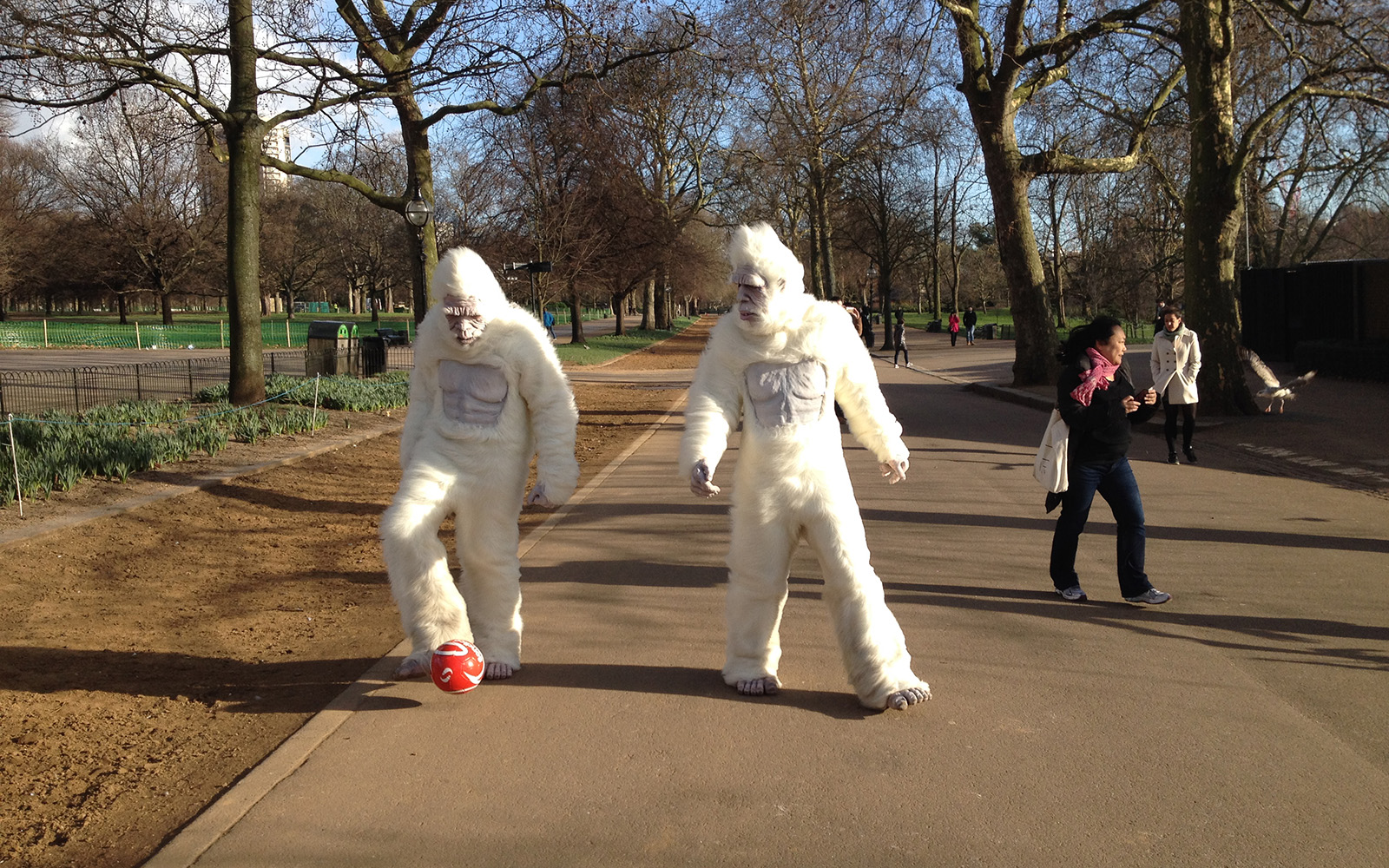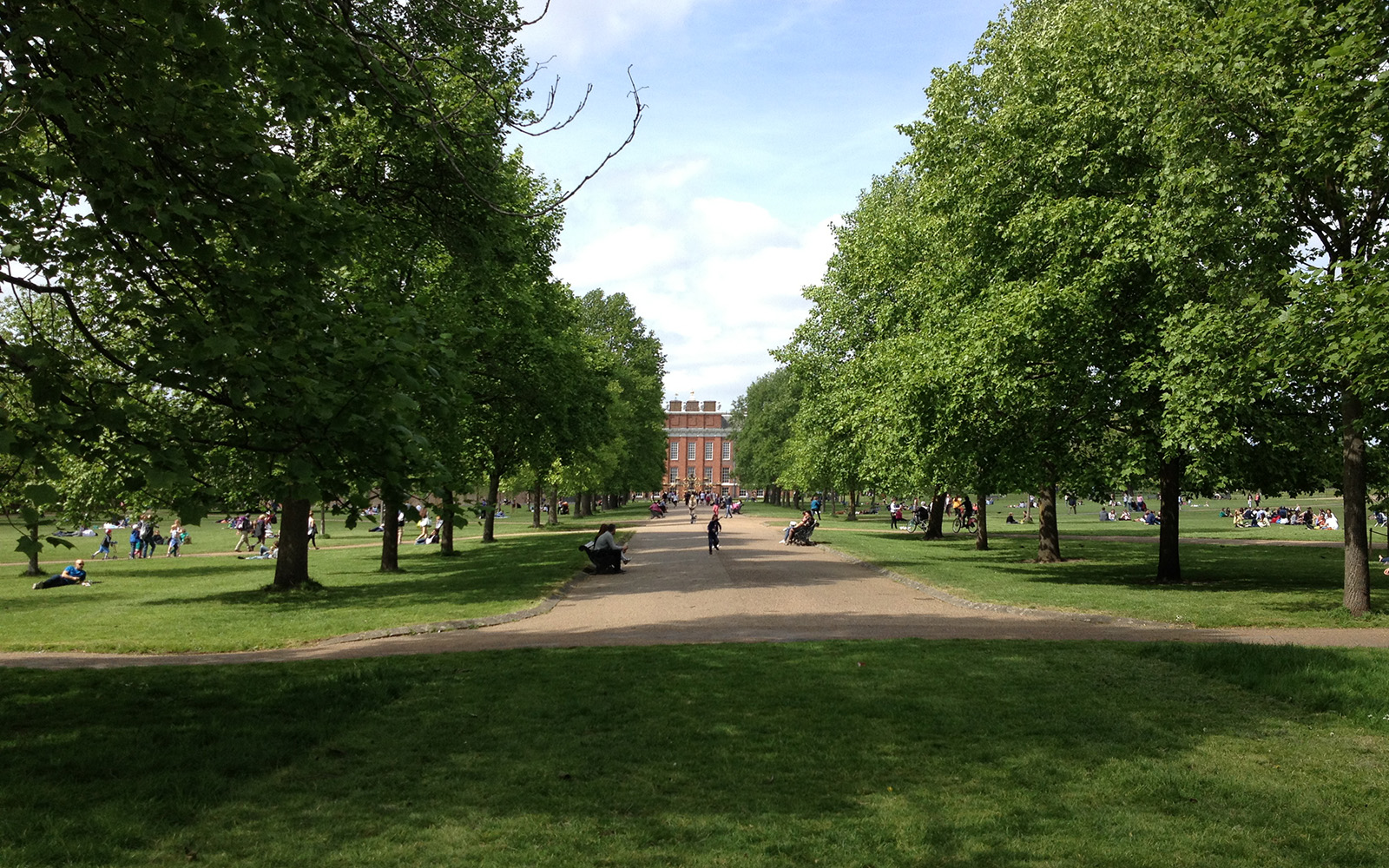Kensington Gardens
All photos of Kensington Gardens dated 2015-2016 are the actual ones and were taken with iPhone 5s.
Kensington Gardens are one of the Royal parks, as they are former grounds of Kensington Palace which is now the official London residence of the Duke and Duchess of Cambridge
Christopher Wren was commissioned to extend a mansion dating back to 1605 for King William III and his wife Mary.
Half of the palace is dedicated to royal state rooms.
The other half of the Palace, including the King's State Apartments, the Queen's State Apartments, exhibitions on the ground floor dedicated to court dress from 1760 up to the present day and The Orangery Café, are open to the public.
This is the only royal palace where you can have an Afternoon Tea. The Orangery Café, boasting with high ceilings, used to be the entertainment area for Queen Anne but is now a lovely setting for non-royals alike.
Queen Anne actually died at this palace in 1714 from a fit of apoplexy brought on by over-eating.
Paste a VALID AdSense code in Ads Elite Plugin options before activating it.
At 5 a.m. on 20 June 1893, Queen Victoria learnt of the death of her uncle, William IV, and the fact that she was then the Queen.
It happened at Kensington Palace and opposite it you can find a white marble statue of Queen Victoria in her coronation robes at the age of 18. The statue was designed in 1893 by her daughter Princess Louise, Duchess of Argyll.
Further south near Albert Hall, you will find the Albert Memorial, a very grand ornate monument, designed by George Gilbert Scott. It was unveiled in 1872 to commemorate the death of Queen Victoria’s husband, Prince Albert, who died of typhoid fever, aged only 42.
Kensington Gardens opened to the public in 1841 and it effectively blends in with Hyde Park.
The gardens are very charming to explore. The former tea pavilion from 1912 now houses the Serpentine Gallery which is dedicated to temporary exhibitions of contemporary art.
Amongst many other statues and sculptures, you can find a bronze statue of Peter Pan in the exact spot beside Long Water where he landed in the tale The Little White Bird when he flew out of his nursery. J.M. Barrie, creator of Peter Pan, commissioned a statue from Sir George Frampton in 1902. It was erected in 1912 and features fairies, squirrels, mice and rabbits climbing on top of Peter Pan.



















































































































